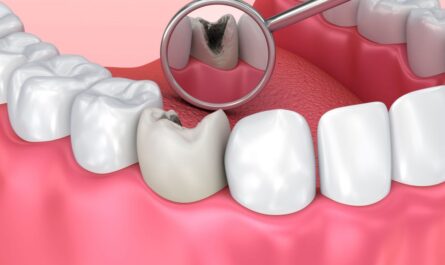Cardiovascular diseases have become one of the leading causes of mortality and morbidity globally. The prevalence of conditions like coronary artery disease and peripheral arterial disease has been on the rise in the past few decades. Traditional treatment options like balloon angioplasty and bypass surgery have limitations and recurrence rates are high. This has led researchers to explore new treatment modalities that can offer longer duration of effect and better outcomes. One such promising technology is the drug eluting balloon (DEB).
What is a DEB?
A DEB is a percutaneous transluminal angioplasty balloon coated with an anti-proliferative drug. During angioplasty, when the balloon is inflated, the drug is transferred to the vessel wall. This helps in preventing restenosis by inhibiting cell proliferation at the site of treatment. Commonly used drugs include paclitaxel and sirolimus. The drug diffuses from the balloon and gets embedded in the vessel wall and tissue, achieving high drug concentration locally with minimal systemic exposure.
Benefits over other treatments
– Longer duration of effect: The drug stays at the target site for weeks after the procedure, reducing the risk of restenosis for a longer period unlike traditional balloons.
– Reduced restenosis rates: Multiple clinical trials have consistently shown DEBs to have significantly lower restenosis rates compared to uncoated balloons or bare metal stents.
– No permanent implant: Unlike drug eluting stents, DEBs do not leave any permanent implant behind. This avoids long term concerns like late stent thrombosis.
– Fewer complications: With no need for dual antiplatelet therapy of long duration, DEBs result in lower bleeding risks compared to drug eluting stents. Other complications like inflammation and allergic reactions are also less likely.
Applications in cardiovascular diseases
Coronary artery disease
Restenosis remains a major limitation of percutaneous coronary interventions (PCI). DEBs have been extensively evaluated for treating in-stent restenosis lesions with excellent outcomes. The PEPCAD I, II trials showed significantly lower restenosis rates compared to PTCA or bare metal stents. DEBs are now routinely used and recommended for in-stent restenosis.
Peripheral arterial disease
For revascularization of femoral-popliteal artery lesions, DEBs have been shown in clinical trials like IN.PACT SFA, INPACT DEEP etc. to be significantly more effective than uncoated balloons or bare metal stents in reducing binary restenosis and target lesion revascularization. DEBs are fast becoming the preferred modality for treating superficial femoral and proximal popliteal artery lesions.
In-stent restenosis and small vessel disease
There is early evidence that DEBs may also be effective for treating in-stent restenosis lesions in below the knee arteries which have limited options. Ongoing studies are also evaluating the role of DEBs for treating small coronary vessels that are challenging to treat with drug eluting stents.
Future directions and new developments
New Drug Eluting Balloons generations of DEBs are being developed with modifications to the drug, coating techniques and balloon materials and designs for achieving better outcomes. Cobalt chromium coated balloons have shown promise. DEBs coated with limus analogs are being evaluated for enhanced antiproliferative effects.
Bioabsorbable polymer coated DEBs
DEBs coated with bioabsorbable polymers that degrade completely within weeks are an upcoming technology. This will avoid any long term concerns related to permanent polymer coatings on the vessel wall. Biodegradable paclitaxel eluting balloons show excellent short term results and long term follow up data is awaited.
Drug combinations
DEBs coated with drug combinations instead of single drugs are being evaluated for additive antiproliferative effects. For example, paclitaxel+sirolimus coating aims to block both microtubule assembly and mTOR pathway. This may further reduce restenosis risks.



